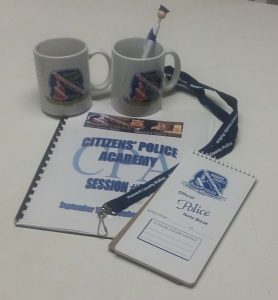Research Is Fundamental
Lifelong Learning, necessary for everyone, is especially relevant for writers. The range of skills and knowledge needed to write well and successfully exceeds infinity. A writer’s basic attribute has to be curiosity.
I belong to the Maryland Writers’ Association, which has chapters around the state, each holding monthly meetings with speakers. The past week, I was fortunate to attend the Carroll County Chapter meeting with author Toby Devens and the Howard County Chapter meeting with author Nancy J. Alexander. Toby writes witty books about women’s friendships and struggles; Nancy is a retired psychotherapist turned author who writes the Elisabeth Reinhardt series of psycho-thrillers.
So in one week, I got a quick course in the importance of researching the facts in a novel from Toby and another quick course in developing characters from Nancy who, with her experience in psychotherapy, should be an expert. And all free with my MWA membership.
Making sure you’ve got the facts right is essential to making your novel or short story believable, says Toby Devens. That means tracking down the people who know and asking them for the information. Most people love to talk about their profession and will be happy to help. I once called the West Virginia Sheriff’s Association to find out what the West Virginia sheriff’s uniform looked like. And I asked a friend who was deputy chief of the Baltimore Fire Department what the actual procedure was when paramedics responded to a beating. I got the answers I needed, and they provided the details that made the scenes live.
Since I write mystery novels, I am excited to be finally enrolled in the free 12-week course with my local police department called “Citizens Police Academy.” I feel like Howard Carter opening Tutankhamen’s tomb. Now I can find out about modern police procedures and techniques, and attendant details I can use to enrich my writing. As Toby says, accurate details add texture, complexity, and competency to your stories.
with my local police department called “Citizens Police Academy.” I feel like Howard Carter opening Tutankhamen’s tomb. Now I can find out about modern police procedures and techniques, and attendant details I can use to enrich my writing. As Toby says, accurate details add texture, complexity, and competency to your stories.
Even the class syllabus reeks of intrigue. We are required to spend several hours riding along with a police officer on patrol and attending the firearms demonstration at the shooting range. We may also take part in a crime simulation. I was amazed to see the simulation area on the training campus. Buildings are set up as a bank, a convenience store, an apartment house, and a hotel room—all for training purposes.
The course also calls for demonstrations of the police helicopter, K-9 dogs, a Taser, and emergency vehicle operations. Classes will cover gangs, false IDs, and drug enforcement, and we’ll tour the Crime Lab/Forensic Services, the Consolidated Dispatch Center, and the Emergency Operations Center.
Details. I’m going to have details. Even studying the Police Department’s organization chart is exciting. Under the Investigations & Special Operations Command are Criminal Investigations, which includes a Violent Crimes Section with a Cold Case Investigation Unit, Robbery Section, Residential Property Crimes Section and Commercial Property Crimes Section, which includes a Pawn Unit. Of course, there are many more sections and units, but these are the ones that interest me and have potential for plots.
Research. What fun. Police Departments in many areas have similar Citizens’ Police Academies, so if you’re interested, contact your local police. Also, if there’s a writers’ association in your area, join it. Volunteer. You need the education, networking, information, resources, and fun it can provide.
Eileen McIntire
Eileen has ridden a camel in the Moroccan Sahara, fished for piranhas on the Amazon, sailed in a felucca on the Nile, and lived for three years on a motorsailer, exploring the coast from Annapolis to Key West. Eileen has many years experience writing, editing and designing all manner of publications for nonprofits and professional associations. She is now co-owner of Summit Crossroads Press, which publishes books for parents, and its fiction imprint, Amanita Books. The inspiration for her 90s Club mystery series springs from meeting a slim, attractive woman at a pool party who was the only one actually in the pool swimming laps, and she was 91 years old. Since then, Eileen has collected articles about people in their 90s—and 100s—who are still active, alert and on the job. She often speaks at retirement villages on “Old Dogs, New Tricks.”